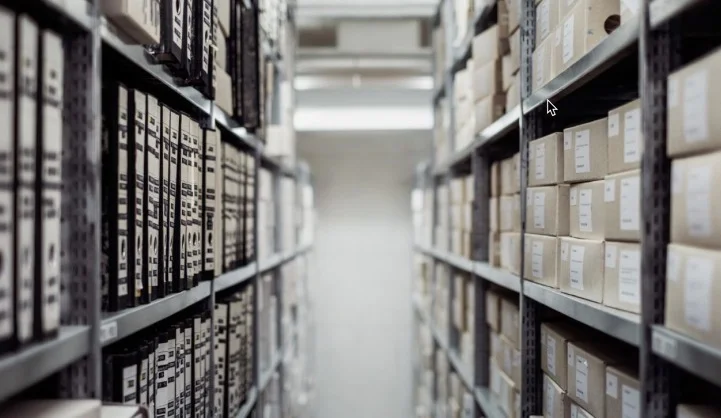Is this the year mobile pay goes viral?
By Laura Haight
Originally published as the Digital Maven in Upstate Business Journal
When was the last time you left your house without your phone?
If you’re like most U.S. adults and the vast majority of young adults, the answer is never. Your phone is the one thing you are not separated from. That symbiotic relationship makes it harder to understand why mobile payments – purchasing directly via your smartphone, watch or other wearable – are slow to catch on.
Here in the Upstate, a metro-area that’s technology-oriented and youth-oriented, it’s even more surprising how infrequently you find a retail establishment or restaurant that takes mobile payments, including Apple Pay, Samsung Pay, and other “contactless payment” technologies.
It’s a toss up whether the issue is slow acceptance by users not pushing stores to offer mobile options, or the unavailability of mobile options making users slower to adapt to a technology they can’t use.
A couple of new developments are poised to make a difference: Mastercard and Visa are moving to require that payment terminals have capability for contactless payments; and Capital One has started distributing second-generation chip cards that support contactless payments (check your card for the “wave” symbol to know if it is contactless).
That may push retailers toward offering new tech, but we have a long way to go to catch up to the rest of the world.
A survey by Payment Source finds about 5 percent of U.S. consumers use mobile payments. That compares to Visa’s annual Digital Payments Study reporting that that technology used by 77 percent of Europeans. A whopping 86 percent of the 18-34 age group in Europe describe themselves as “mobile money users.” Young adults may have been exposed much earlier to mobile payments as colleges and universities move to digital ID cards including making campus payments through them, in part because students don’t leave home without their phones.
Mobile payments are also widely used in Africa and developing countries where traditional banks are not readily accessible.
So what’s holding us back? Simon-Kucher researchers surveyed consumers and ranked the barriers to mobile payments. Habits are hard to break, for one, and that tops the list. Fear of fraud with mobile payments, and a reluctance to learn new technology round out the top issues.
Mobile payments – using applications from Apple, Samsung, Google or Android – have one significant security advantage over credit and debit cards: tokenization. That means that the data transmitted to the payment terminal uses a special code or token. Your actual credit card number or account information is never transmitted. Each of these companies uses a slightly different flavor of this, but I give the edge to Apple Pay because it never stores your actual credit card anywhere and is only in possession of it for a brief transaction to establish the connection with your bank or card issuer.
A reluctance to try something new, however, may be harder to overcome. New tech is unrelenting and ever-changing. When Apple first launched Apple Pay with the iPhone 6, it required thumbprint authentication. Now, just four years later, Apple’s already jumped ahead with FaceID. That requires more steps and makes authenticating just enough of a complication to turn users off.
The US is often lagging behind Europe and Asia on financial technology. The chip cards that are still not fully adapted in the US have been in Europe for a decade.
Some mobile technologies are catching on in the US – like Paypal, Zelle and Venmo that are replacing cash in small transactions between friends like lending money or splitting a check.
In the 1990s, the introduction of debit cards was the first step toward a cashless society. Almost 30 years later, U.S. consumers are making a slow slog toward that goal. In 2016, Gallup reported that 12 percent of consumers said they never use cash, just a smidge more than the 10 percent of cash avoiders surveyed in 2011. So, start adapting to mobile payments, but don’t ditch your wallet just yet.



